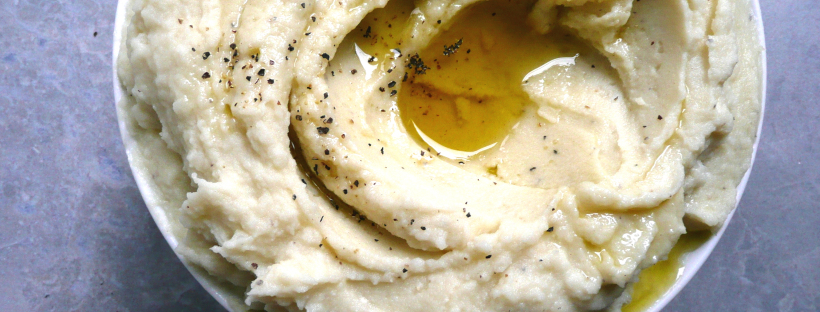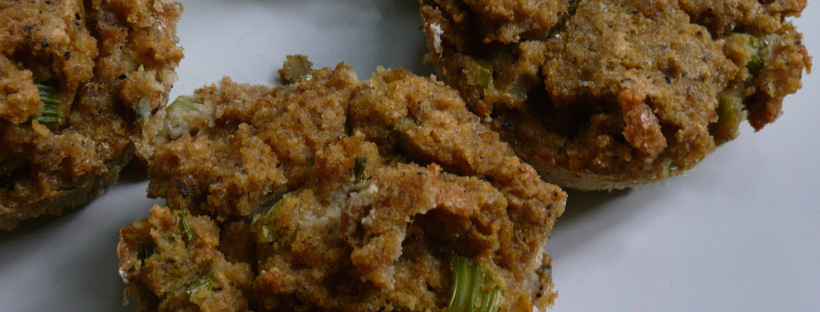It just doesn't really feel like Christmas without gingerbread cookies, and these are some of the best gingerbread cookies I've ever eaten. These cookies are free from nuts, gluten, refined sugar, dairy, egg free and completely vegan, so hopefully everyone can enjoy them around the holidays.
Tag: Gluten Free
Mini Chocolate Peppermint Pies – Vegan, Gluten Free, Dairy Free Tarts
Mini Chocolate Peppermint Pies - all the taste of chocolate peppermint bark without the refined sugar or dairy. So good... and great for the Holidays!
The Very Best Gluten Free Pancakes – Oat Flour, Vegan and Egg Free Friendly, Dairy Free
This is THE gluten-free pancake recipe that you've been searching the internet for! A delicious, simple, and thrifty recipe for gluten-free, dairy free, refined sugar free pancakes made with oat flour. Egg-free and Vegan Friendly.
How to Make a Stainless Steel Pan Non-stick (non-toxic)
A super easy and non-toxic way to make a temporary non-stick coating on you stainless steel pan.
Pumpkin Bread Muffins – Gluten Free, Dairy Free
These little muffins are wonderfully spiced and perfect for when you’re craving pumpkin bread.
Apple Tarts – Dairy Free, Gluten Free, Vegan
Happy Thanksgiving! This is a bonus recipe, my gift to you for Thanksgiving! I hope that your family will enjoy them as much as my family does. Apple tarts are full of fall flavors, and conjure up happy memories (or simply lovely daydreams) of wearing plaid (lots of plaid), and being bundled up in warm … Continue reading Apple Tarts – Dairy Free, Gluten Free, Vegan
Amazing Mashed Potatoes – The Best Vegan Mashed Potatoes Recipe – Dairy Free, Vegan
I first made these last year. I wanted super creamy, buttery rich mashed potatoes without any of the dairy. These definitely fit the bill. They were unbelievably good, and I hope that you love them as much as I do.
Gorgeous Gravy – The Best Vegan And Gluten Free Gravy Recipe
This is hands down the best gravy I’ve ever had. It’s totally vegan, and incredibly delicious.
Southern Style Cornbread Dressing – Gluten and Dairy Free Stuffing Recipe
There are many types of incredible stuffing, but Southern Style Cornbread Dressing is my absolute favorite. The taste of this brings back so many happy memories of friends and family over the years, and always brings a smile to my face. It’s slightly crispy on the top and moist and creamy in the middle, and it’s definitely a crowd-pleaser.
Cashew Whipped Cream – Dairy Free, Gluten Free, Vegan
This cashew whipped cream is a great alternative to store bought whipped topping, and it's super easy to make.









